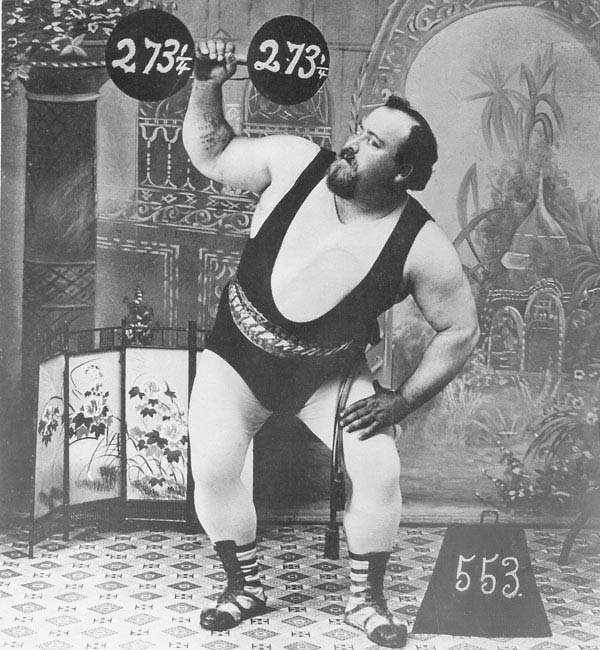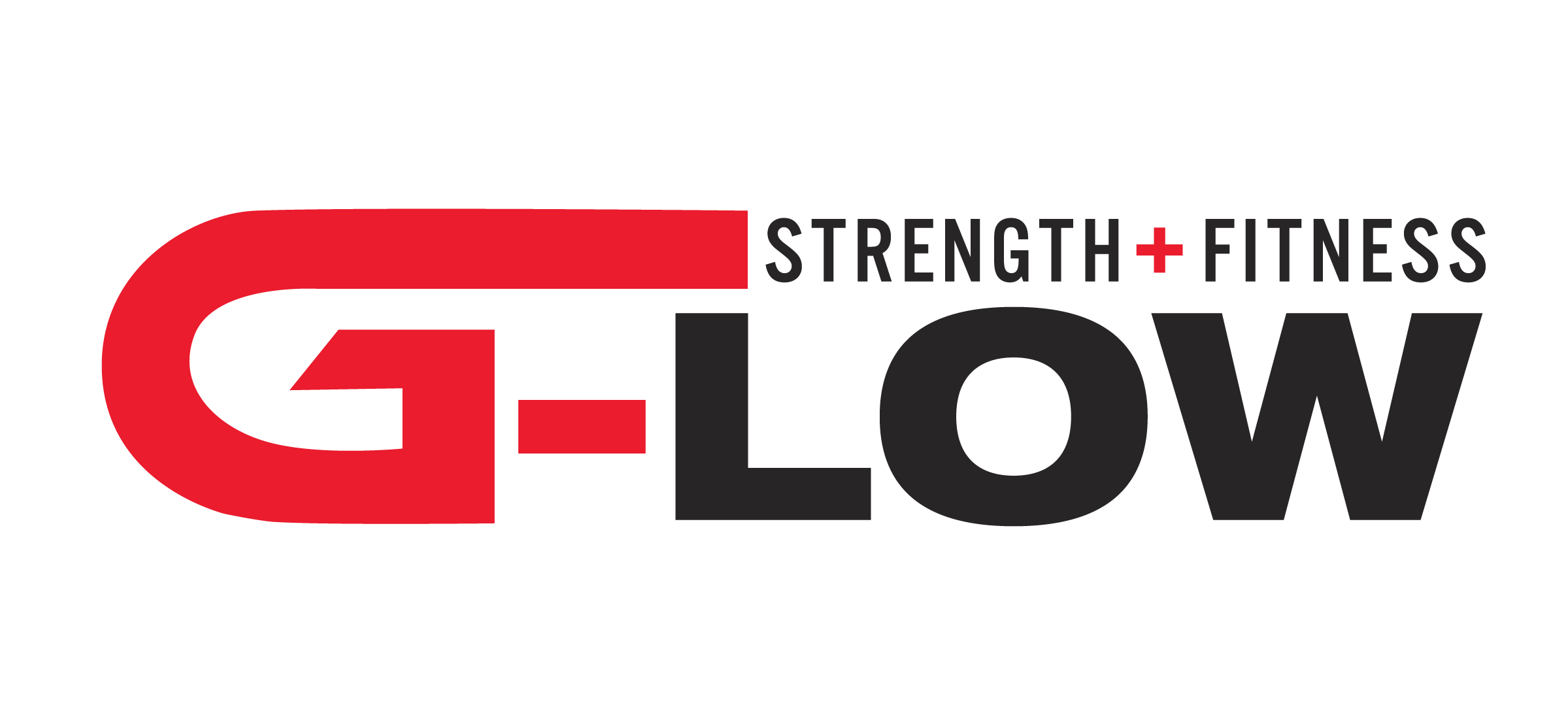
Weightlifting Belts: Should You Use One?
Today I want to talk about a controversial training item in the gym. That item is commonly used. It is the lifting belt.
Many strong man, bodybuilders and power lifters use these belts. The use of belts go back to the mid 1800s when competitors at circus events would attempt dare devilish lifts and have the support of what appeared to be a belt if you look at past pictures. But often in our general fitness public or local gyms, we see people wearing belts for all sorts of exercises. You see Velcro belts, as well as thick 13mm belts. You will even see chain belts for dips and weighted pull-ups. Lastly you might even see waist trainers that look like belts too. But one thing you should ask yourself is…do you know why you use a belt?

I have been in gyms where people are wearing belts while performing squats, deadlifts as well as the bench press. The common thing I notice is the improper use of the belt. A lot of people attach the belt and keep it fairly loose with no real support to it. I think there have been a lot of misconceptions because people see big bodybuilders walking around like Ronnie Coleman who are constantly wearing a belt. Thus they probably feel the need to do that too. But the big difference is Ronnie Coleman is squatting 800 pounds and doing T-bar rows with 500 pounds. The amount of pressure put on the lower back is incredible. He has to wear this support. With our general fitness population, we put the belt on in hopes of keeping our back safe and building our core. Wait, building our core? Too many people think there is an ideology that wearing a belt strengthens the core. That the abdominal are taxed during this movement. On the contrary using a belt does not strengthen the abs. The belt will actually weaken the core.
The idea of using a belt is great. But you must develop the proper core strength to be able to do so. The reason I say this is because when you go to squat, you have to be able to squeeze your abs and push against that belt. The abdominal wall helps support and stabilizes so the erectors don’t have to aid in a synergistic dominance.
Think about like this. If you squat and your core give out, all that pressure is put on the spine. This can lead to a bulging disc or even a herniated disc. In more severe cases it can even cause nerve damage and possible structure damage to the L1-L5. In order to use a belt, which is an advanced tool, you need to develop a basis of strength before using it. Light squats and deadlifts without using a belt for a while – anywhere from 3-6 months can help achieve better core strength.
Build Your Core
Next you should be performing planks, bird dogs and anti rotational core movements to help stabilize the core musculature. If the core cannot be activated in a lift or exercise then it is virtually useless.
The big point starts here. When you use a belt and activate your core properly, you might think “oh, my core is pretty strong.” This is partially correct, but the most important muscle you are using is your diaphragm. Along with having a strong core and good activation, comes breathing. Being able to step under a bar, squat, take a deep breath and walk it out, takes a strong diaphragm. The diaphragm must be able to stay tight. What do I mean by that? If you’re someone who has never experienced this most likely your diaphragm muscle is going to be weak and you will only be able to hold it under moderate to heavy loads for 5-10 seconds. If you are more advanced, you can hold it up to 25-40 seconds if you have practiced this. The reason it is so important is because it helps you stabilize your core and truly push up against that belt with the core musculature. In doing so, we develop thoracic pressure in the bottom of a squat to help us shoot back up in a straight line with good bar path. Now I have explained to you the examples of correct and incorrect methods, let’s talk about it more specifically related to the back squat.
Breathing During the Back Squat
- First off you walk under the bar and squeeze your shoulder blades.
- Next you take a deep breath in and then walk it back, all while holding and maintaining tightness.
- You then push your abdominal wall out, but towards your lower abs because you want complete activation of our transverse abdominals.
- After that you descend into the squat, hitting your depth, you leg press the floor all while pushing your abs against the belt as tightly as you can.
- Finally, raise up and slowly exhale and rack the bar.
This movement isn’t much different with the deadlift either.
Breathing During the Deadlift
- Start with the concentric portion first, which means we are getting tight and pushing our abs out in the set up.
- The chin should be tucked, with knees partially bent along with the loading of our posterior chain on the back of the heels.
- Next up we ascend and keep our diaphragm pushed out and then drive the hips to the bar.
- Finishing the rep with a slow and controlled set down.
Exercises to Strengthen Your Core
I have a few exercises I recommend for people working on their diaphragm muscle. Our breathing is important in just about all that we do. If you cannot support that musculature, you will have a hard time with your lifts. Work on breathing as well as core strength before you put on the belt. Think of a house built on sand. The house will surely crumble. But a house build on a solid foundation will surely stay strong and its structure will be supported. The same goes for the core. Do not neglect the transverse abdominals and your inter/outer oblique muscles. The exercises you should perform are include:
- Vacuums
- 2-3 sets
- Planks
- 1-3 sets (20-30 seconds) *For advanced workout – add weight
- Bird dogs (core musculature, stabilization of the LPHC )
- 1-3 sets (12-20 reps) *For advanced workout start in plank position
- Stability ball rollouts
- 1-3 reps (12-20 reps) *For Beginners start from knees * Advanced start from the plank position
G-LOW STRENGTH + FITNESS
If you are looking for more exercises to build your core get started with a customized fitness plan. Click here to learn more.
